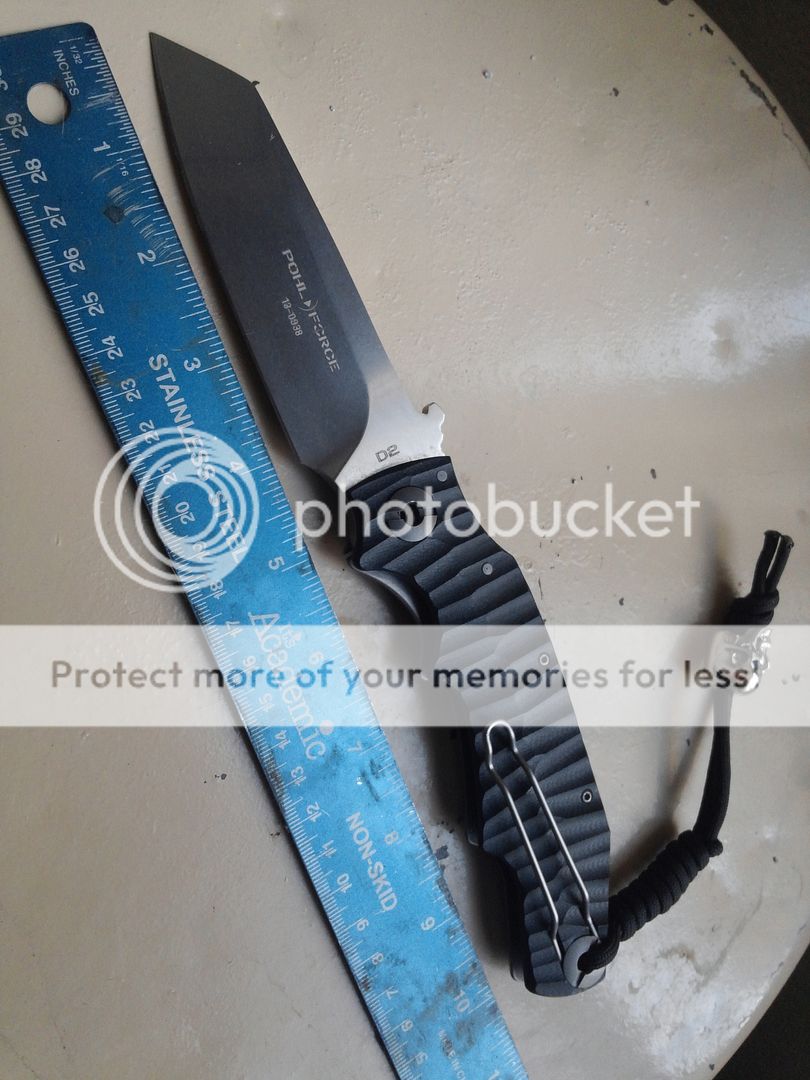After nearly boiling my brain pondering over this.
I have to ask ....
Why does the Americanized tanto's spine have a blade edge?

Now you can't baton it , cos if you do , you risk chipping it.
You can't really grind it , cos if you do , its no longer a tanto . It'll be a bastard.
When we look at the original japanese tanto , it doesn't have that spine grind.

So just... why???
I have to ask ....
Why does the Americanized tanto's spine have a blade edge?

Now you can't baton it , cos if you do , you risk chipping it.
You can't really grind it , cos if you do , its no longer a tanto . It'll be a bastard.
When we look at the original japanese tanto , it doesn't have that spine grind.

So just... why???


